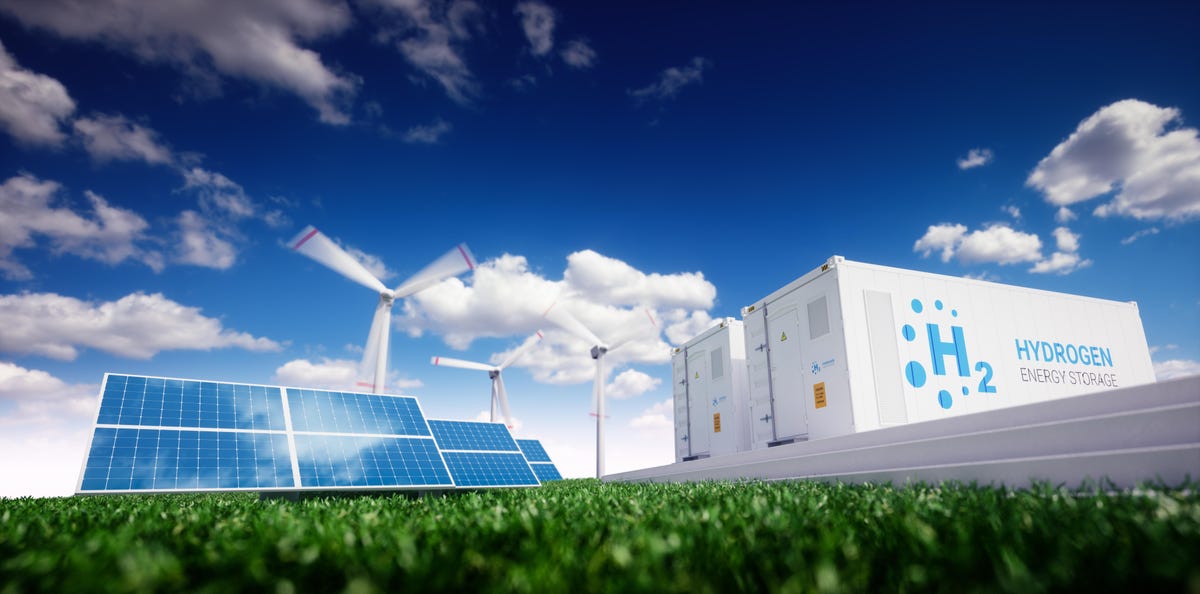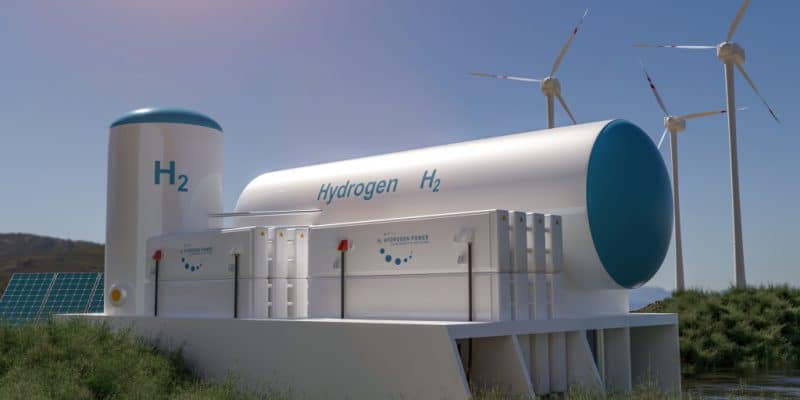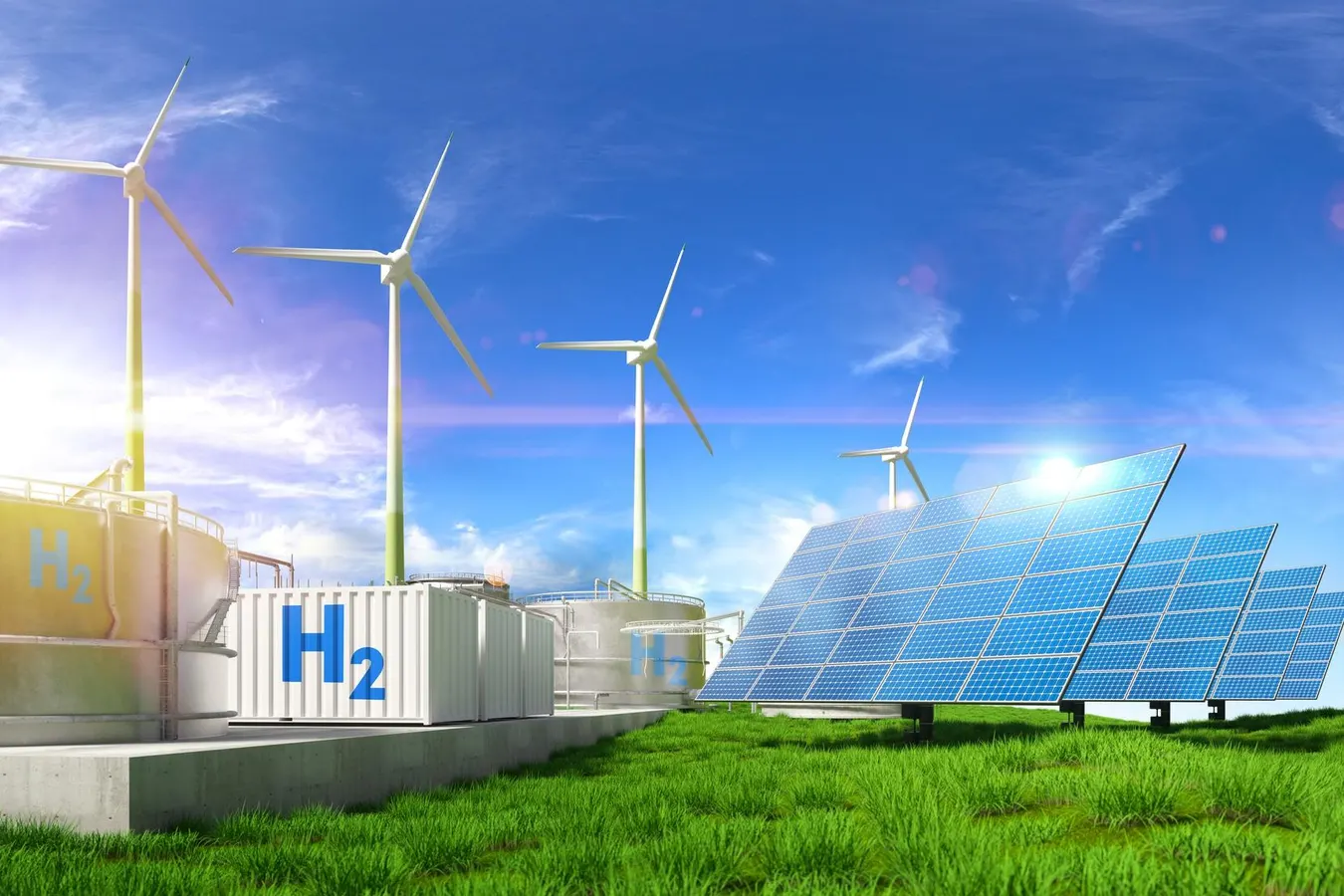The Middle East and North Africa region (MENA) is expected to be the world’s largest supplier of green hydrogen, with the region accounting for the greatest number of export-oriented low carbon hydrogen projects (CEBC), according to a study by Abu Dhabi-based Clean Energy Business Council (CEBC).
The UAE is at the forefront of the region’s green and blue hydrogen race, accounting for approximately 29 percent of energy projects as of 2021, followed by Egypt and Morocco, each accounting for 19.35 percent. Oman has a 12.90% share, while Tunisia and Saudi Arabia each have a 6.45 percent share. Algeria and Bahrain each have a 3.23 percent stake in the announced projects.
The region has seen a significant increase in green and blue hydrogen projects, from 11% in 2020 to 89 percent in 2021, according to the organization’s Hydrogen and Energy Storage Working Group.
“The reduction in renewable energy prices has allowed green hydrogen to be more practical in the energy mix. The MENA region is in a strategic position to lead the charge in driving up the production of green hydrogen,” said the research report.
The International Renewable Energy Agency (IRENA) previously ranked Morocco 4th globally among the countries with the highest hydrogen manufacturing capacities.
In a report, titled “The Geopolitics of Energy Transition: The Hydrogen Factor,” IRENA indicated that Morocco is preparing to become a world leader in the export of green hydrogen, alongside Namibia and Chile. The agency estimated that hydrogen will cover up to 12% of global energy use by 2050.
Morocco created a National Hydrogen Commission in 2019 and published a green hydrogen roadmap in January 2021. Hydrogen is mentioned as a key growth sector in the national economy.
By 2030, the country forecasts a local hydrogen market of 4 terawatt-hours (TWh) and an export market of 10 TWh, which, taken together, would require the construction of 6 GW of new renewable capacity and support the creation of more than 15 000 direct and indirect jobs.



